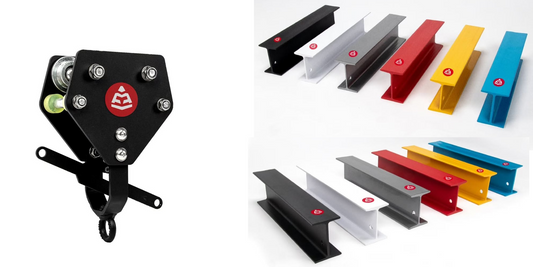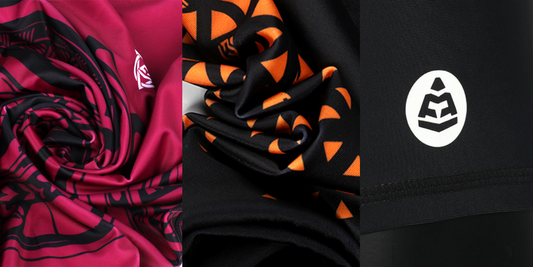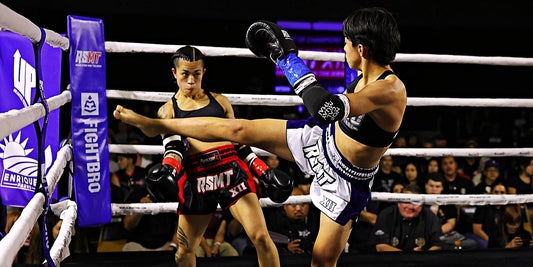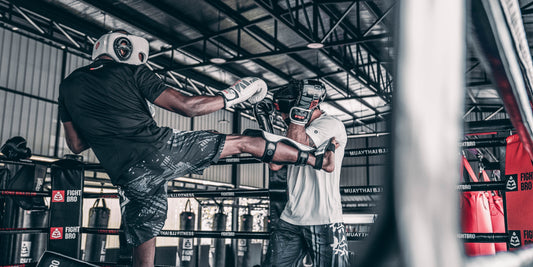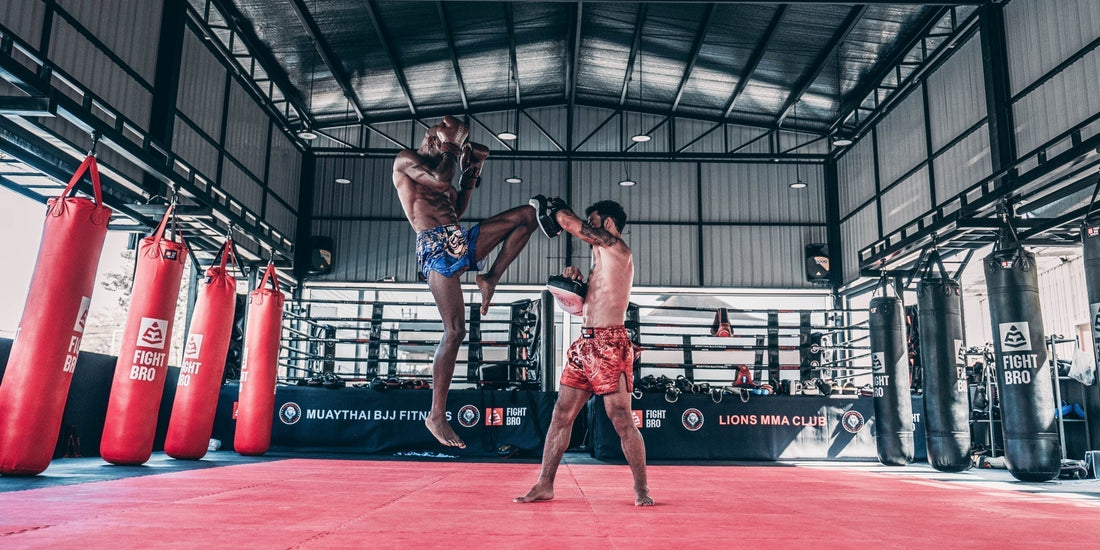
Square Foot Economics: The Space Dilemma of Boxing Rings in Gym
The cost of running a gym has never been higher, and one of the greatest challenges for owners is making the most of every square foot. In large metropolitan areas such as New York City or Los Angeles rent can easily reach $50 to $100 per square foot. For a facility of 3,000 to 5,000 square feet, this can translate to an annual lease of up to $500,000.
This is why space is one of the most valuable resources a gym owner can manage. Every piece of equipment, every training zone, and every square foot must earn its place, contributing not only to the visual appeal of the facility but also to the value it provides to members and the return it generates for the business.
Why Equipment Footprint Matters
For any gym, whether it is a dedicated fight gym or a multi-discipline fitness center, space allocation is not just about fitting in equipment. It is about maximizing the return from every square foot. Each large piece of equipment takes up a portion of your revenue potential. If that space is not being used to generate value consistently, it is essentially costing you money.
Ane simple way to quantify the value of your space is with the annual revenue per square foot. For example, if a gym earns $750,000 a year and operates in 4,000 square feet, that works out to $187.50 per square foot annually. In high-cost markets, where rent can easily run $50 per square foot per year, this means that a 16x16' boxing ring could represent $12,800 in annual space value.
That is why owners need to carefully evaluate the space efficiency of every major piece of equipment. A free weight area can accommodate dozens of members in an hour. A functional training zone or open mat space can host personal training sessions, group classes, and open workouts. A boxing ring, however, is a more complex choice.

The Role of a Boxing Ring in a Gym
For many dedicated boxing and Muay Thai gyms, a ring is more than just a piece of equipment—it’s the arena of the sport. It provides fighters with a professional training environment, supports realistic sparring, and helps build the identity and credibility of the gym. Walking into a facility and seeing a permanent, competition-grade ring sends a strong signal to members and visitors alike: this is a serious fight gym.
But not every facility is a pure fight gym. Many training spaces combine boxing or Muay Thai with strength training, functional fitness, or other modalities. In those cases, the ring may be used for only a small fraction of the total classes or client base. When that’s the case, the cost of dedicating 300–500 square feet of prime gym space to a single-use structure becomes harder to justify.
The Space Efficiency Trade-Off
This is where the dilemma arises. A permanent boxing ring might elevate a gym’s image and provide optimal training conditions for fighters, but it also locks up valuable space that could be used for high-demand activities such as group fitness classes, personal training, or open gym time.
From a business perspective, every square foot has an opportunity cost. If that space could host five small-group PT sessions a week, each generating revenue, the financial trade-off becomes significant. On the flip side, if the ring is central to your brand and training programs, removing it could damage the identity of your facility.
It’s a classic conflict between form and function, brand and practicality, prestige and profitability. And for many gym owners—especially in cities where rent per square foot is steep—this is a tough decision.
A Smarter Compromise
At FightBro, we believe you shouldn’t have to choose between professionalism and space efficiency. That’s why we designed a solution that allows you to have both: a professional-grade boxing ring that sets up quickly when you need it and disappears when you don’t.
Our foldable ring combines the stability and performance of a permanent ring with the flexibility to reclaim your floor space in minutes. It means you can run your fight team’s sparring session in the afternoon, then open up the same space for a 30-person HIIT class in the evening—all without sacrificing quality or appearance.
In short, we’ve taken the “either/or” problem and turned it into a “yes/and” solution, letting you enjoy the best of both worlds.
This video should speak for itself:
Heavy-duty locking wheels allow it to be rolled in or out of position quickly. When sparring or fight nights are scheduled, the ring is ready. When the space is needed for other activities, it can be stored out of the way. The result is an authentic ring experience without permanently sacrificing floor space.
Key Advantages:
-
Fast Assembly – Set up or store in minutes without special tools.
-
Professional Quality – Delivers the same feel and tension as fixed competition rings.
-
Mobility – Locking wheels make repositioning simple.
-
Revenue Maximization – Open space for classes, PT sessions, or events whenever the ring is stored.
A Simple Space Value Example
Let’s imagine a gym with 1,500 square feet of open mat space generating $12,000 per month. That works out to about $8 per square foot per month.
Now, suppose the gym installs a permanent 16 × 16 ft boxing ring (256 sq ft). The open mat space drops from 1,500 sq ft to 1,244 sq ft, cutting its monthly revenue potential from $12,000 to about $9,952.
The boxing ring space might bring in its own revenue — say $10 per sq ft per month — but because it is only in use half the time, its effective value is closer to $5 per sq ft. That’s $1,280 per month from the ring area, barely offsetting the lost open mat revenue.
With a foldable ring, the story changes. You keep all 1,500 sq ft of open mat revenue, and you can still generate the boxing ring revenue during use. Instead of sacrificing space for aesthetics or occasional use, you unlock both streams of value — a double win for the same footprint.

Conclusion
Square footage is one of the most valuable resources any gym owner has, and how that space is used directly impacts profitability. With the rising popularity of combat sports, more gyms, from dedicated fight facilities to multi-discipline fitness centers, are weighing the benefits of having a boxing ring. A ring can elevate a gym’s professionalism, inspire members, and provide an authentic training environment, but it can also take away space that could be generating revenue in other ways.
That is why we created a solution that gives you the best of both worlds. The FightBro Foldable Ring lets you enjoy the prestige and training benefits of a professional ring without permanently sacrificing space. If you want to learn how to integrate a setup like this into your gym and see how it can boost your ROI, contact us today!

